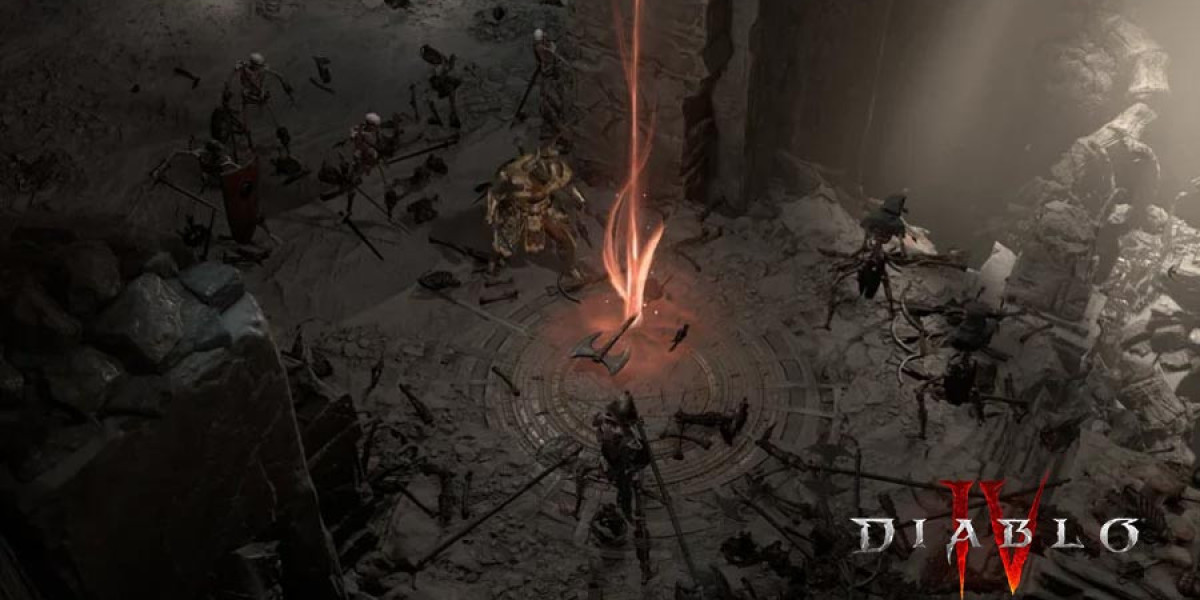The US Zero Turn Mower Market Market Trends point toward electrification, lightweight design, and smart connectivity as core developments. Buyers increasingly expect zero-turn mowers that are breezy to maneuver, ultra-quiet, and capable of app-based diagnostics or settings recall. Subscription-based maintenance plans, modular attachments like mulching kits, and improved ergonomics (like adjustable seats and vibration dampening) are shaping design standards. Environmental awareness is nudging brands to offer hybrid or battery-only options, and some cities are even considering incentives for low-emission equipment. These trends are reshaping the market’s value proposition profoundly.
The US Zero Turn Mower Market has experienced consistent growth over the past decade, driven by rising demand for advanced lawn care equipment in residential, commercial, and municipal applications. A zero-turn mower is a specialized type of lawn mower designed with a turning radius that is effectively zero, allowing operators to maneuver easily around obstacles while saving time and effort. In the United States, where lawn maintenance is both a necessity and a lifestyle preference, the adoption of zero-turn mowers has become increasingly popular due to their efficiency, speed, and ability to deliver professional-quality results. As the landscaping industry expands and consumer preference shifts toward convenience and precision, the market is poised for steady expansion in the coming years.
Market Overview
The US zero turn mower market reflects the broader trends of modernization and mechanization in lawn care. Homeowners with medium-to-large lawns, landscaping service providers, and municipal maintenance agencies are among the primary end users of these machines. Unlike traditional ride-on or push mowers, zero-turn mowers deliver faster mowing speeds, reduced labor hours, and increased productivity, making them a preferred choice for both commercial and residential applications. The market has also benefited from increasing interest in home aesthetics and landscaping improvements, fueled by suburban expansion and higher disposable incomes. Furthermore, technological innovations such as advanced cutting decks, ergonomic designs, and the integration of electric and battery-powered models are expanding consumer choices and reshaping the competitive landscape.
Market Dynamics
The dynamics of the US zero turn mower market are shaped by a mix of consumer demand, technological advancements, cost considerations, and competitive pressures. Consumer expectations have evolved beyond just basic lawn mowing, with growing demand for customizable and smart lawn care solutions. Manufacturers are responding by introducing features such as enhanced fuel efficiency, low-noise operations, and eco-friendly electric models. The commercial landscaping sector has further accelerated adoption, as contractors prioritize machines that reduce downtime and optimize performance. On the other hand, pricing remains a sensitive factor, particularly in the residential segment, where cost-conscious buyers weigh the long-term benefits of zero-turn mowers against their relatively high initial investment. Market players are therefore focused on balancing innovation with affordability to sustain demand across diverse customer groups.
Drivers of Market Growth
One of the strongest growth drivers for the US zero turn mower market is the increasing popularity of landscaping and lawn care services. Homeowners, particularly in suburban areas, invest heavily in lawn aesthetics to enhance property value, creating sustained demand for efficient mowing solutions. The rise of commercial landscaping for golf courses, sports fields, and public spaces also boosts market growth. In addition, the time-saving efficiency of zero-turn mowers appeals to both professionals and individual users, as these machines significantly cut down on mowing hours compared to traditional alternatives. Technological advancements such as battery-powered models and automated mowing systems are also attracting environmentally conscious consumers who prefer sustainable solutions. Additionally, government support for reducing emissions in landscaping equipment has encouraged manufacturers to innovate eco-friendly models, further stimulating demand.
Restraints Limiting Market Expansion
Despite their growing popularity, the adoption of zero-turn mowers faces notable restraints. The most significant barrier is the high upfront cost, which makes these machines less accessible to budget-conscious homeowners. Maintenance and repair expenses are also higher compared to standard mowers, deterring some potential buyers. Another limitation is the learning curve associated with operating zero-turn mowers, as beginners may find maneuvering challenging at first. Furthermore, the dominance of traditional ride-on mowers in certain regions still limits widespread acceptance. Environmental concerns, particularly regarding fuel-powered models, present additional challenges as consumers and regulators push for greener alternatives. These factors collectively create hurdles that slow down market penetration, especially in price-sensitive consumer segments.
Market Segmentation
The US zero turn mower market can be segmented based on product type, application, power source, and distribution channel. By product type, the market is divided into less than 50-inch cutting width, 50–60-inch cutting width, and more than 60-inch cutting width models. Smaller decks are generally favored by residential users, while larger decks cater to commercial landscaping professionals. By application, the market serves residential households, commercial contractors, and municipal agencies, with commercial users driving the majority of sales. Based on power source, zero-turn mowers are categorized into gasoline-powered, battery-powered, and hybrid models. While gasoline models dominate the market due to their reliability and performance, electric models are gaining ground due to environmental awareness and lower operational costs. In terms of distribution, products are sold through online platforms, retail stores, and authorized dealerships, with e-commerce channels witnessing rising adoption for their convenience and competitive pricing.
Challenges and Market Constraints
A key challenge for the US zero turn mower market is balancing innovation with affordability. While advanced features such as automation and electrification enhance consumer appeal, they also raise production costs, leading to higher retail prices. Another challenge is seasonal demand fluctuation, as sales typically peak during spring and summer but slow down during fall and winter. This cyclical nature makes inventory management and revenue stabilization difficult for manufacturers and retailers. Additionally, supply chain disruptions, particularly in the availability of raw materials and components, can hinder production and delivery schedules. Labor shortages in the landscaping industry also pose challenges, as reduced workforce availability can limit the scale of commercial lawn care operations and indirectly affect equipment demand. Environmental regulations targeting fuel-powered equipment further pressure manufacturers to invest in costly technological shifts, which may not always yield immediate returns.
Future Outlook
The future of the US zero turn mower market looks promising, supported by technological innovation, rising consumer demand for efficiency, and the growing landscaping industry. Electric and hybrid zero-turn mowers are expected to witness rapid adoption as environmental sustainability becomes a priority for both consumers and regulators. Smart technologies such as GPS-enabled mowing, automated controls, and connectivity features will redefine user experience and create opportunities for premium product segments. Commercial landscaping companies are likely to remain the backbone of demand, while residential adoption will expand as prices become more competitive. Manufacturers are expected to focus on cost optimization, eco-friendly innovations, and after-sales services to strengthen their market position. With increasing emphasis on lawn aesthetics and professional-quality results, the US zero turn mower market is projected to maintain steady growth, positioning itself as a key segment in the broader outdoor power equipment industry.








